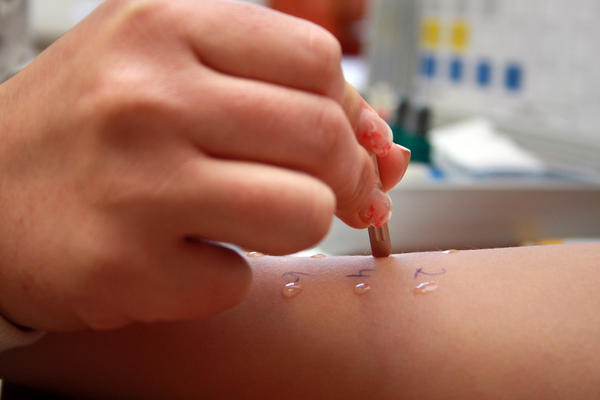We are pleased to share a very informative post by Dr. Abdurrahman which appeared last month on Food Allergy Canada’s Blog. Enjoy:
If you have allergies — or a child with allergies — you have probably spent some time in an allergist’s office getting skin-prick testing and/or blood testing. But what do all the numbers mean?Which tests are necessary (and which are not)? And are there any new or better tests on the horizon? I spoke recently with Dr. Zainab Abdurrahman, a Toronto-based allergist, about the myths and realities of food allergy testing.
Question: Let’s run through a typical testing scenario. When would an allergist usually order skin-prick tests? When would a blood test (RAST) be ordered? At what point might a food challenge be used?
Dr. Abdurrahman: A skin prick test is ordered as part of the investigation of a child or an adult who has a history of a reaction after ingesting a food. Sometimes if the skin prick test is negative but the history is very suggestive, then an allergist may follow up with a blood test. Another situation is if a person was previously positive in the past to a particular food but now has a negative skin test, then a blood test may be ordered to confirm this finding.
A food challenge can be used when both the skin prick test and the blood test are not suggestive of food allergy. Hence, we often use the food challenge as the final test of the possibility of food allergy. When administered in a certain fashion then it is considered the gold standard test for food allergy. This is when a patient does two separate food challenges and is not aware on which day they actually ingest the food of concern.
To read the complete post, follow this link to Dr. Abdurrahman’s post in Allergy Canada’s Blog
